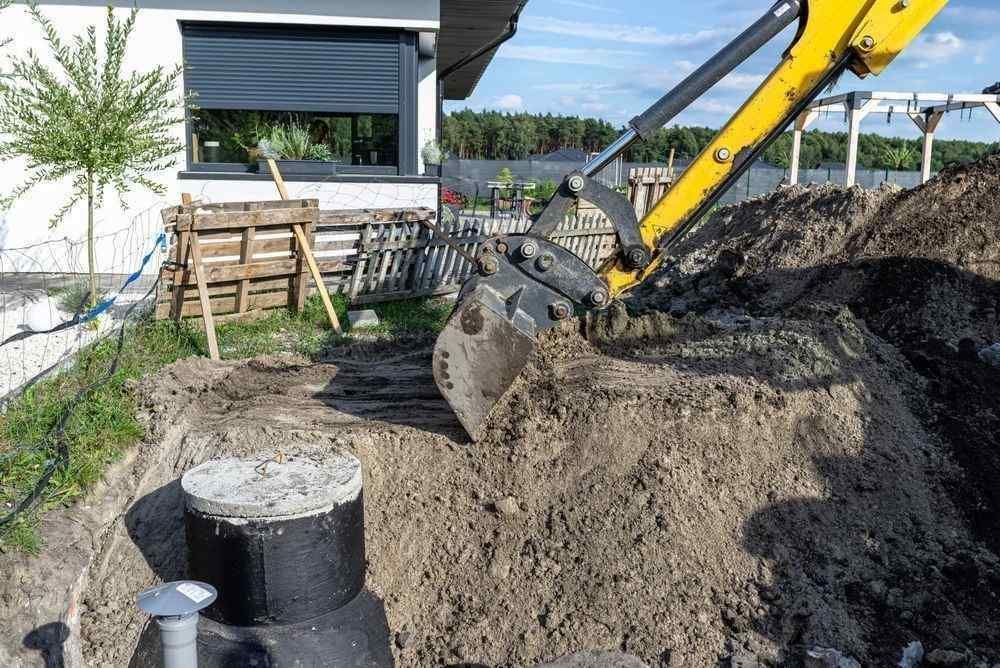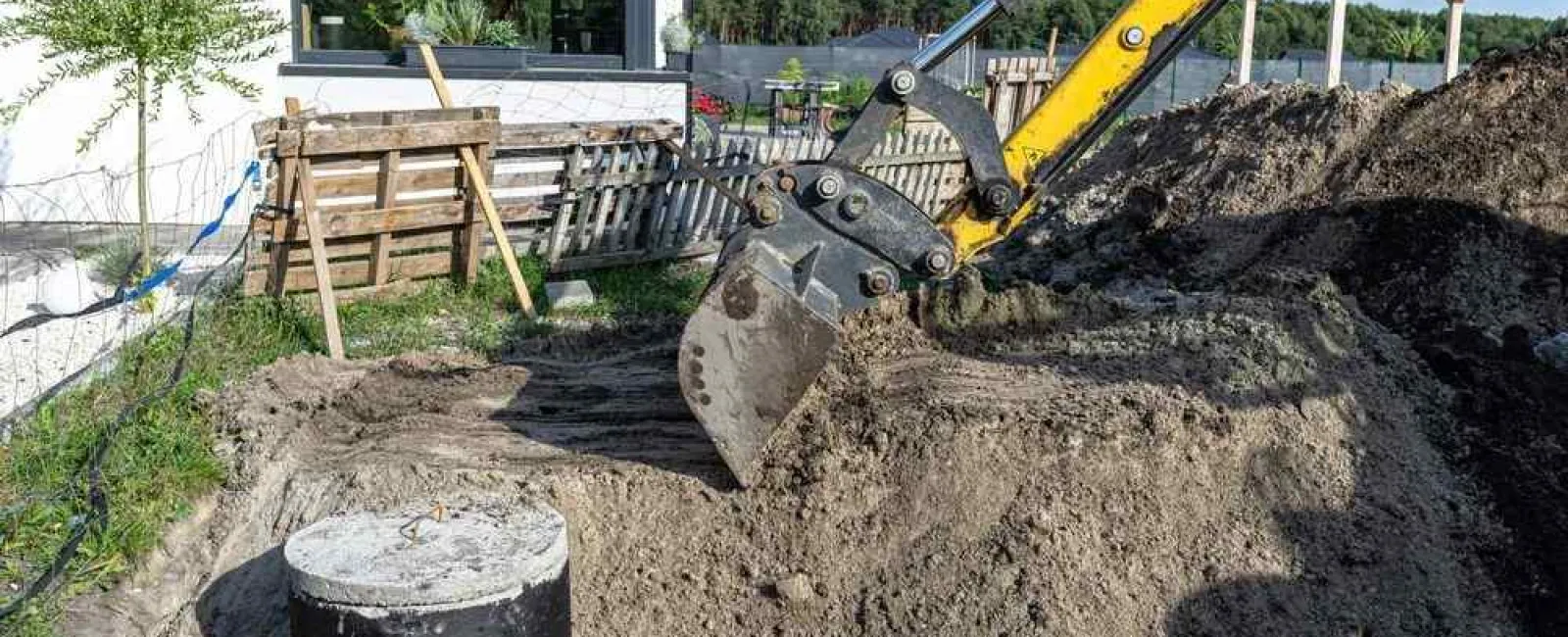- Understand the Costs: Break down the key factors that determine the cost of new septic tank installations, from soil tests and permits to tank size and system type.
- Learn the Process: Follow our step-by-step overview of a professional septic tank installation, including site evaluation, excavation, and final inspection.
- Discover the Benefits: Learn why an expert septic tank installation is crucial for long-term performance, regulatory compliance, and avoiding costly future repairs.
- Get a Professional Quote: Contact Scorpion Septic today for a detailed estimate on your new septic tank installation and ensure your system is built to last.

Managing your home's wastewater effectively starts with a properly functioning septic system. If you're building a new home or replacing an old system, a new septic tank installation is a significant investment in your property's health and safety. This guide covers everything homeowners need to know about the process, costs, and the importance of professional service.
Key Factors Influencing Your New Septic Tank Installation Cost
The total cost for septic tank installations can vary significantly. It's not just the price of the tank itself, but a combination of critical factors that determine the final quote. Here's what we assess:
Tank Size and Material: The required capacity is primarily based on the number of bedrooms in your home, which dictates potential water usage. Larger homes need larger tanks. Materials like concrete, fiberglass, or plastic also have different price points and installation requirements.
Type of Septic System: A conventional gravity-fed system is the most common, but your property might require an alternative. Advanced systems like mound, aerobic, or drip distribution systems are necessary for properties with poor soil, high water tables, or limited space, and are more complex and costly to install.
Soil Composition and Percolation Rate: The soil's ability to absorb water (the "perc" rate) is one of the most crucial factors. We conduct a soil test to determine this. Poorly draining soil, like heavy clay, requires a larger or more advanced drain field design, directly impacting the cost.
Local Regulations and Permits: Every county and municipality has strict health and building codes for septic systems. The costs for permits, mandatory inspections, and adherence to specific design requirements contribute to the overall project expense.
Site-Specific Challenges: Your property's topography matters. A steep slope, heavy tree cover, rocky ground, or difficult site access can increase the labor and machinery needed for excavation, adding to the installation cost.
For an accurate and transparent quote, it's essential to have a professional like Scorpion Septic perform a thorough site evaluation.
Our Expert Septic Tank Installation Process: A Step-by-Step Overview
A successful installation depends on a meticulous, professional process. Here's how Scorpion Septic handles your project from start to finish:
Comprehensive Site Evaluation and System Design: Our experts begin by assessing your property, performing soil tests, and determining the optimal location for the tank and drain field. We then design a system that meets your household's needs and complies with all local health codes before securing the necessary permits.
Precise Excavation: With the plan approved, our team carefully excavates the area for the tank and drain field. We use professional-grade equipment to ensure precise depth and grading, protecting your property and preparing a stable foundation for the system.
Tank Placement and Connection: The septic tank is carefully lowered into the excavated site and perfectly leveled. Our technicians then expertly connect the inlet pipe from your home's main plumbing line and the outlet pipe leading to the drain field.
Drain Field Construction: This is where wastewater is naturally treated. We construct the drain field (or leach field) according to the system's design, ensuring proper effluent distribution for safe and effective long-term operation.
Final Inspection and Backfilling: Once all components are in place, the system is inspected by local authorities to ensure full compliance. After receiving approval, we carefully backfill the excavated areas, restoring your landscape while protecting the new system components.
After your new septic tank installation is complete, we provide you with essential maintenance guidelines, including scheduling regular pumping, to maximize the life of your system.
The Critical Importance of Expert Septic Tank Installation
While a DIY approach might seem tempting, septic system installation is a complex job where errors can lead to disastrous and expensive consequences. Choosing an expert septic tank installation service from Scorpion Septic is not a luxury - it's a necessity. Here's why:
Regulatory Compliance: We have in-depth knowledge of local, state, and federal regulations, ensuring your system is fully permitted, inspected, and approved. An improperly installed system can fail inspection, leading to fines and costly re-installation.
Long-Term Performance: A professional installation guarantees that every component, from the tank level to the drain field grade, is set correctly. This prevents premature failures, backups, and contamination of your property's groundwater.
Protecting Your Investment: A failed septic system can cost thousands to repair and can significantly decrease your property value. Professional installation is an investment in your home's long-term health and worth.
Ready for Your New Septic Tank Installation?
Don't leave the most critical component of your home's wastewater management to chance. The team at Scorpion Septic provides reliable, efficient, and compliant septic tank installations designed to function flawlessly for decades. We combine technical expertise with a commitment to customer satisfaction.
Contact Scorpion Septic today for a comprehensive consultation and a detailed quote. Let our experts provide the peace of mind that comes with a professionally installed septic system. Choose the best for your home - choose Scorpion Septic!

